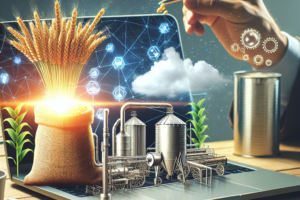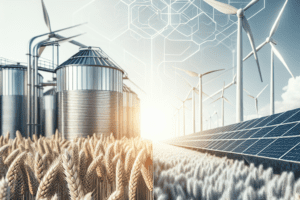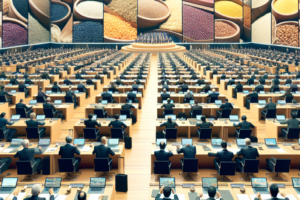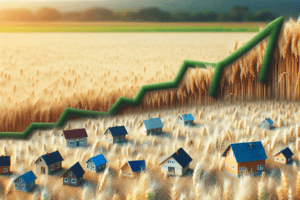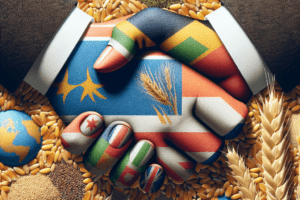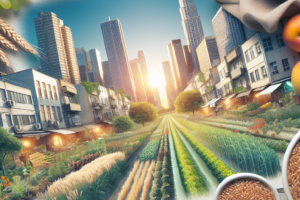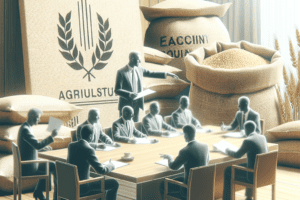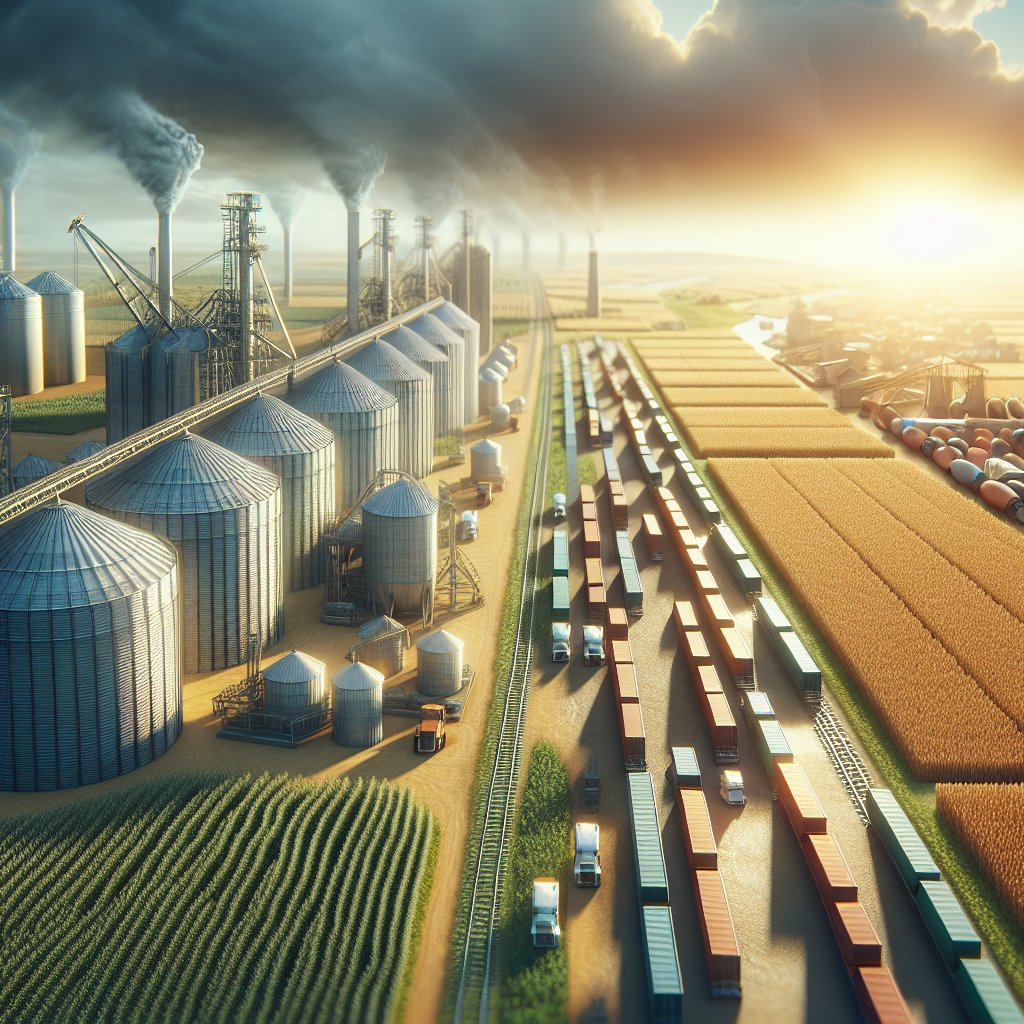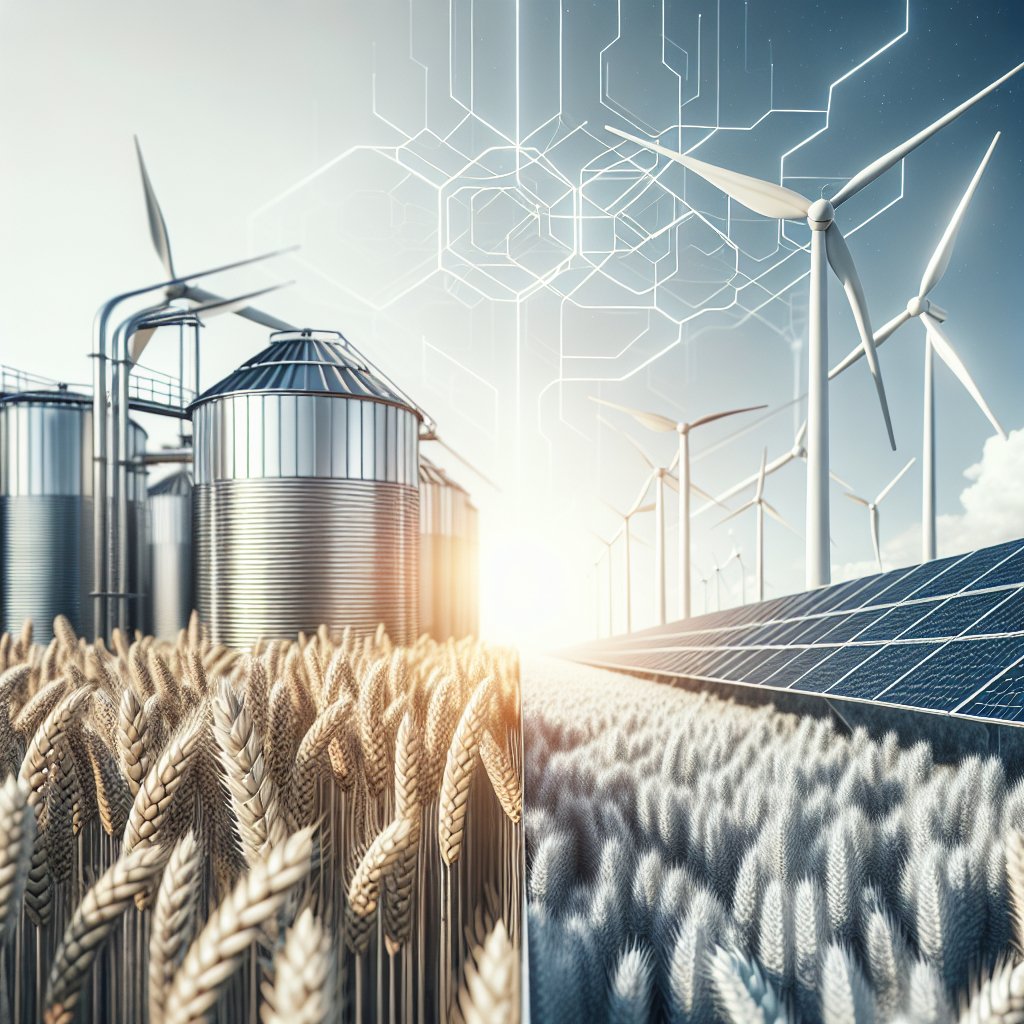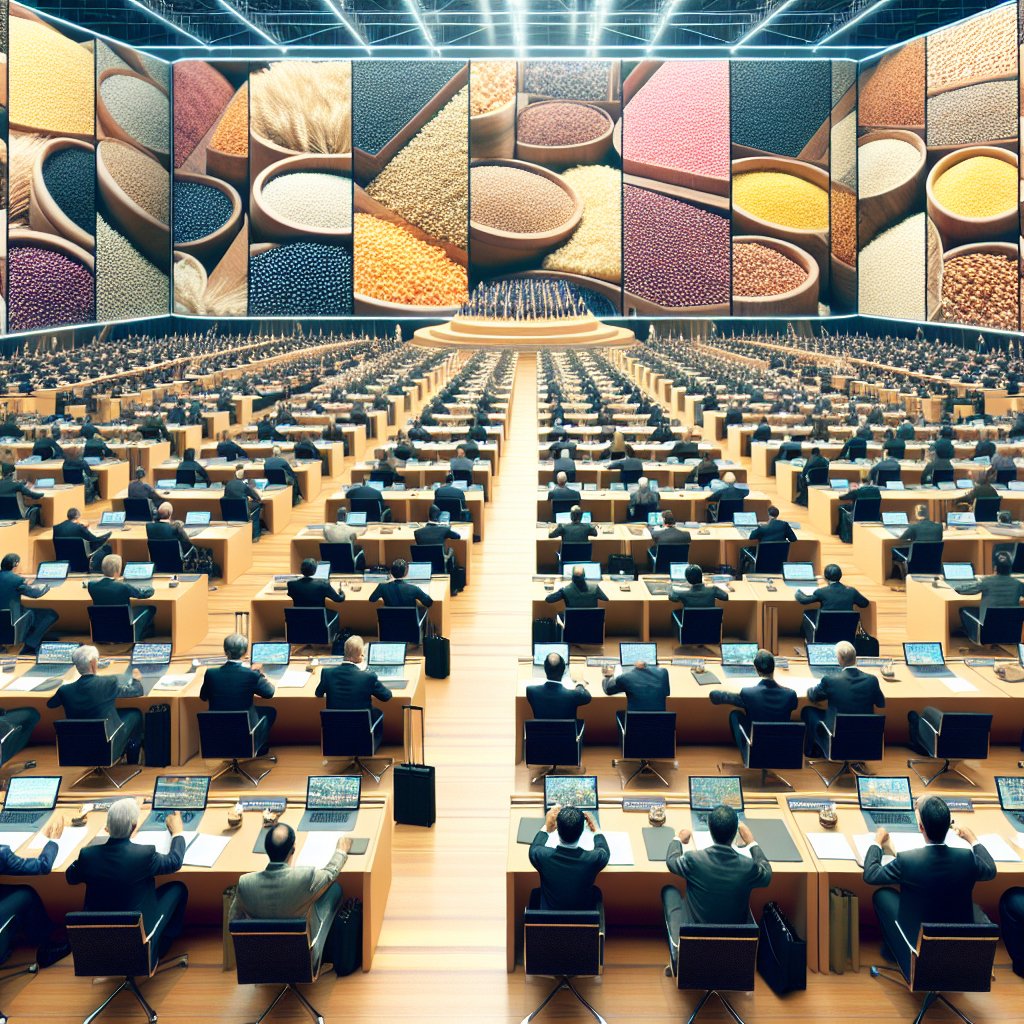The challenges in meeting growing global grain demand are multifaceted and require a comprehensive understanding of agricultural practices, economic factors, and environmental considerations. As the world’s population continues to rise, the pressure on grain production intensifies, leading to a complex interplay of supply and demand dynamics. This article delves into the various challenges faced by the agricultural sector in fulfilling the increasing need for grains, exploring both the obstacles and potential solutions.
Understanding Global Grain Demand
Grains are a staple food source for a significant portion of the global population, serving as the foundation for many diets around the world. The primary grains include wheat, rice, corn, barley, and oats, each playing a crucial role in food security and economic stability. As of 2023, the global demand for grains is projected to increase due to several factors:
- Population Growth: The United Nations estimates that the world population will reach approximately 9.7 billion by 2050. This growth necessitates a substantial increase in food production, particularly grains, which are essential for feeding large populations.
- Changing Dietary Preferences: As countries develop economically, dietary preferences shift towards more protein-rich foods, which often require higher grain inputs for livestock feed. This transition increases the demand for grains significantly.
- Urbanization: Rapid urbanization leads to changes in food consumption patterns, with urban populations often demanding more processed and packaged foods, which rely heavily on grains as key ingredients.
- Biofuels and Industrial Uses: The rise of biofuels as an alternative energy source has diverted a portion of grain production away from food supply to fuel production, further straining available resources.
These factors contribute to a complex landscape where meeting grain demand becomes increasingly challenging. The agricultural sector must adapt to these changes while ensuring sustainability and efficiency in production practices.
Challenges in Grain Production
Several challenges hinder the ability to meet the growing demand for grains. These challenges can be categorized into environmental, economic, and technological factors.
Environmental Challenges
Environmental factors play a significant role in grain production. Climate change, soil degradation, and water scarcity are among the most pressing issues:
- Climate Change: Fluctuating weather patterns, increased frequency of extreme weather events, and changing precipitation levels can adversely affect crop yields. Droughts, floods, and heatwaves can lead to significant losses in grain production, making it difficult to maintain supply levels.
- Soil Degradation: Intensive farming practices, including monoculture and overuse of chemical fertilizers, have led to soil degradation. Healthy soil is essential for sustainable grain production, and its depletion can result in lower yields and reduced resilience to pests and diseases.
- Water Scarcity: Agriculture is a water-intensive industry, and many regions face increasing water scarcity due to over-extraction and climate change. Limited access to water resources can severely impact grain production, particularly in arid and semi-arid regions.
Economic Challenges
The economic landscape also presents significant challenges for grain production:
- Market Volatility: Grain prices are subject to fluctuations due to various factors, including global supply and demand dynamics, trade policies, and geopolitical tensions. Farmers may be hesitant to invest in production when prices are unstable, leading to potential shortfalls in supply.
- Access to Technology: While technological advancements can enhance productivity, not all farmers have equal access to these innovations. Smallholder farmers, particularly in developing countries, may lack the resources to adopt modern farming techniques, limiting their ability to increase yields.
- Infrastructure Limitations: Inadequate infrastructure, such as poor transportation networks and insufficient storage facilities, can hinder the efficient distribution of grains. This can lead to post-harvest losses and increased costs, further complicating the supply chain.
Technological Challenges
While technology has the potential to revolutionize grain production, several challenges remain:
- Research and Development: Continuous investment in agricultural research is essential for developing new crop varieties that are resilient to climate change and pests. However, funding for agricultural research is often limited, particularly in developing countries.
- Adoption of Precision Agriculture: Precision agriculture technologies, such as drones and satellite imagery, can optimize resource use and improve yields. However, the adoption of these technologies can be slow due to high costs and a lack of technical knowledge among farmers.
- Genetic Modification Controversies: Genetically modified organisms (GMOs) have the potential to increase yields and resistance to pests and diseases. However, public perception and regulatory hurdles can impede the adoption of GMO crops, limiting their potential benefits.
Strategies for Overcoming Challenges
Addressing the challenges in meeting global grain demand requires a multifaceted approach that encompasses sustainable practices, technological innovation, and policy support.
Sustainable Agricultural Practices
Implementing sustainable agricultural practices is crucial for enhancing grain production while minimizing environmental impact:
- Crop Rotation and Diversification: Rotating crops and diversifying planting can improve soil health and reduce pest pressures, leading to more resilient grain production systems.
- Conservation Agriculture: Practices such as minimal tillage, cover cropping, and agroforestry can enhance soil health, improve water retention, and increase biodiversity, contributing to sustainable grain production.
- Integrated Pest Management: Utilizing integrated pest management strategies can reduce reliance on chemical pesticides, promoting healthier ecosystems and reducing production costs.
Technological Innovations
Investing in technological innovations can significantly enhance grain production:
- Precision Agriculture: Utilizing data analytics, sensors, and automation can optimize resource use, improve yields, and reduce waste in grain production.
- Biotechnology: Developing drought-resistant and pest-resistant crop varieties through biotechnology can help farmers adapt to changing environmental conditions and increase productivity.
- Digital Platforms: Leveraging digital platforms for market access, information sharing, and supply chain management can empower farmers and enhance their ability to respond to market demands.
Policy Support and Investment
Government policies and investments play a critical role in supporting grain production:
- Research Funding: Increasing funding for agricultural research can drive innovation and the development of new technologies that enhance grain production.
- Infrastructure Development: Investing in rural infrastructure, such as roads, storage facilities, and irrigation systems, can improve access to markets and reduce post-harvest losses.
- Trade Policies: Implementing fair trade policies can help stabilize grain markets and ensure that farmers receive fair prices for their products, encouraging investment in production.
Conclusion
Meeting the growing global demand for grains presents significant challenges that require coordinated efforts across various sectors. By understanding the complexities of grain production and implementing sustainable practices, technological innovations, and supportive policies, it is possible to enhance food security and ensure that future generations have access to the grains they need. The path forward will require collaboration among governments, farmers, researchers, and consumers to create a resilient and sustainable agricultural system capable of meeting the demands of a growing population.

